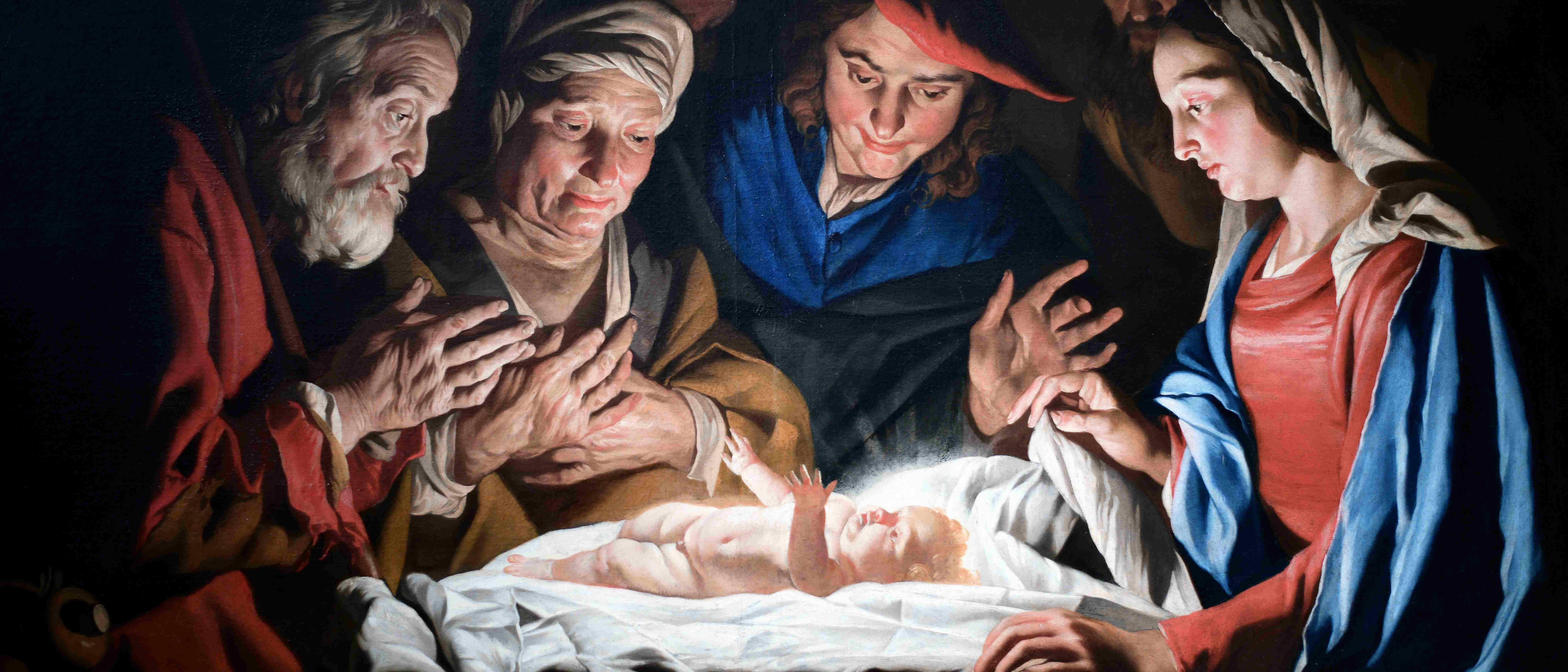The Season of Christmas
National Liturgical Council

Next to the yearly celebration of the Paschal Mystery, the Church holds most sacred the memorial of Christ's birth and early manifestations. This is the purpose of the Christmas season. The Christmas season runs from Evening Prayer I of Christmas until the Sunday after Epiphany or after 6 January, inclusive (GNLY 32, 33).
The actual date of the birth of Jesus is unknown and was not celebrated for the first few hundred years of the Church’s life.
The feast of Christmas arose in the fourth century in Rome in response to a pagan festival celebrating the sun during the winter solstice. Christianity introduced a counter-cultural celebration of Christ the true light of the world. The remnants of this are seen in the prayers and readings of the Masses of Christmas. Thus it was originally a feast to celebrate the coming of Jesus as the light of the world. The liturgies of the Christmas Masses all have this theme running through the readings and prayers rather than the current popular image of a child in a manger. Each of the three prefaces of Christmas has this sense of light, glory and revelation of God running through them. This emphasis needs to be taken into account when preparing the liturgy for this feast.
In the Eastern Churches the main celebration focuses on the manifestation of Christ or his Epiphany on 6 January. This names the coming of the three kings, the baptism of Christ in the Jordan and the miracle of water into wine at Cana as the revelatory moments. The Preface of the Epiphany gives thanks for God’s eternal plan of salvation revealed in Christ, the light of all peoples. Through Christ’s glory shining among us God has "renewed humanity in his immortal image" (Preface of the Epiphany).
The feasts of Saint Stephen, the martyr, Saint John the apostle and evangelist, the Holy Innocents and the solemnity of Mary the Mother of God, enrich the octave of Christmas. The Gospel readings focus on the childhood of Jesus and his early manifestations. One of the features of the weekdays of this time of year is the continuous reading from the First Letter of John.
Image Attribution - Adoration of the Shepherds, Turin, Matthias Stomer, Paris Orlando
